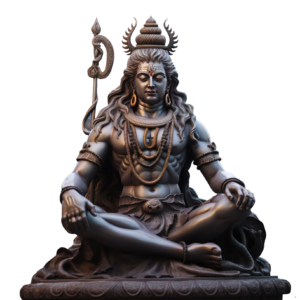
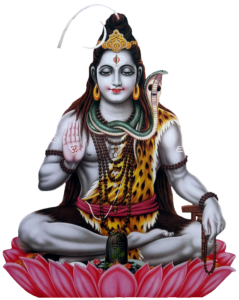

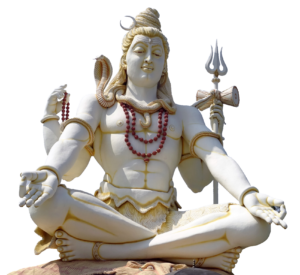
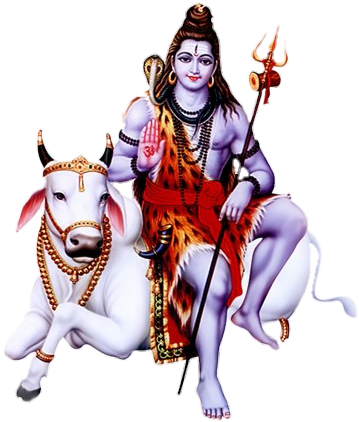
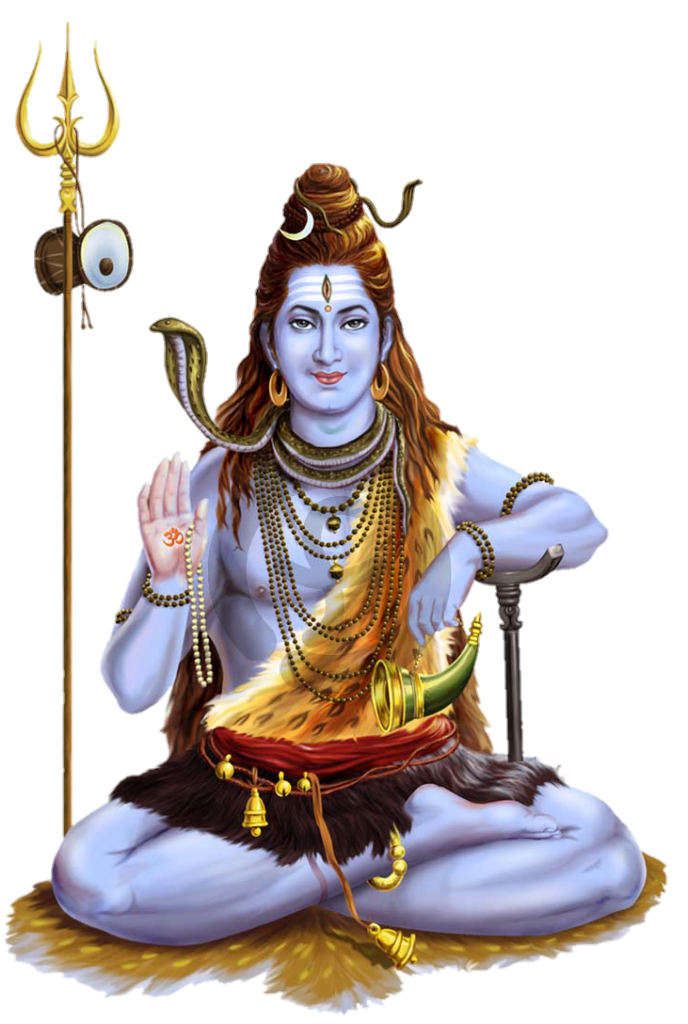

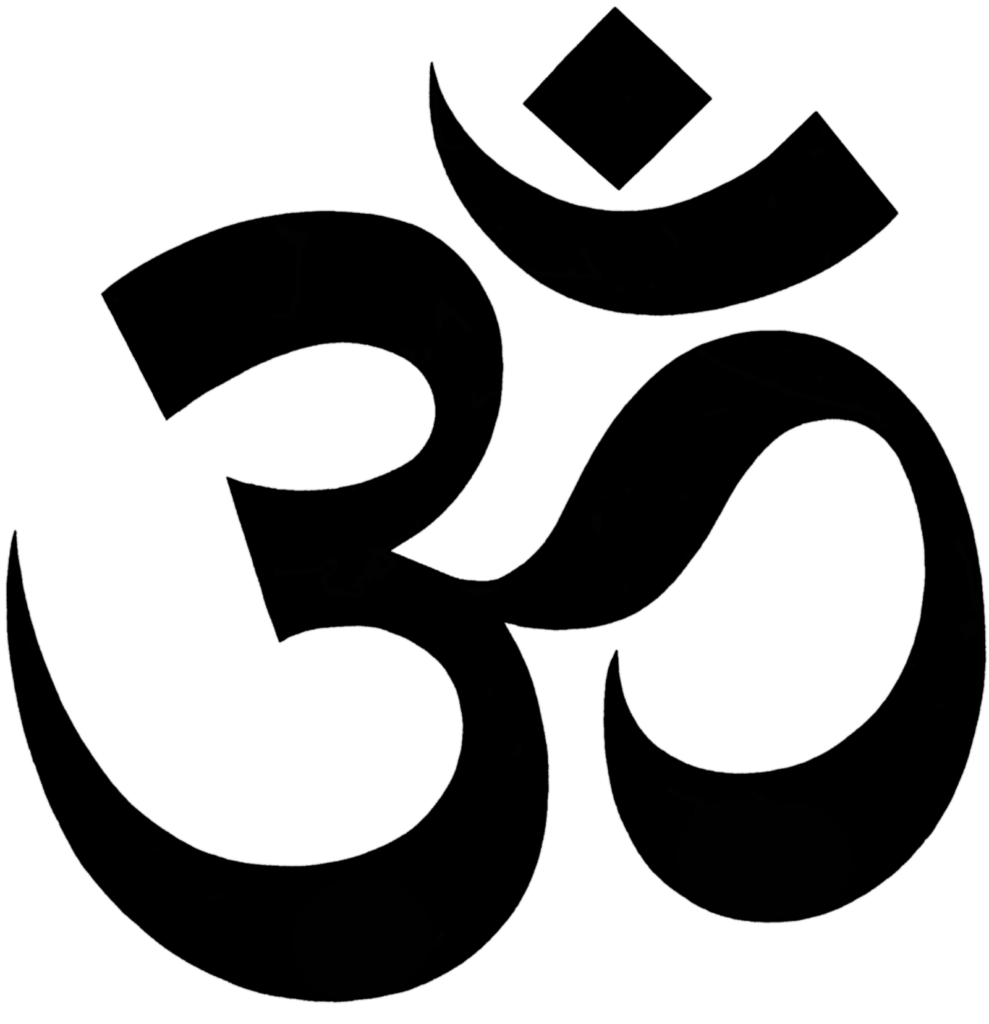
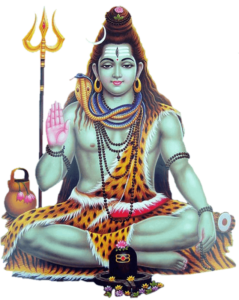
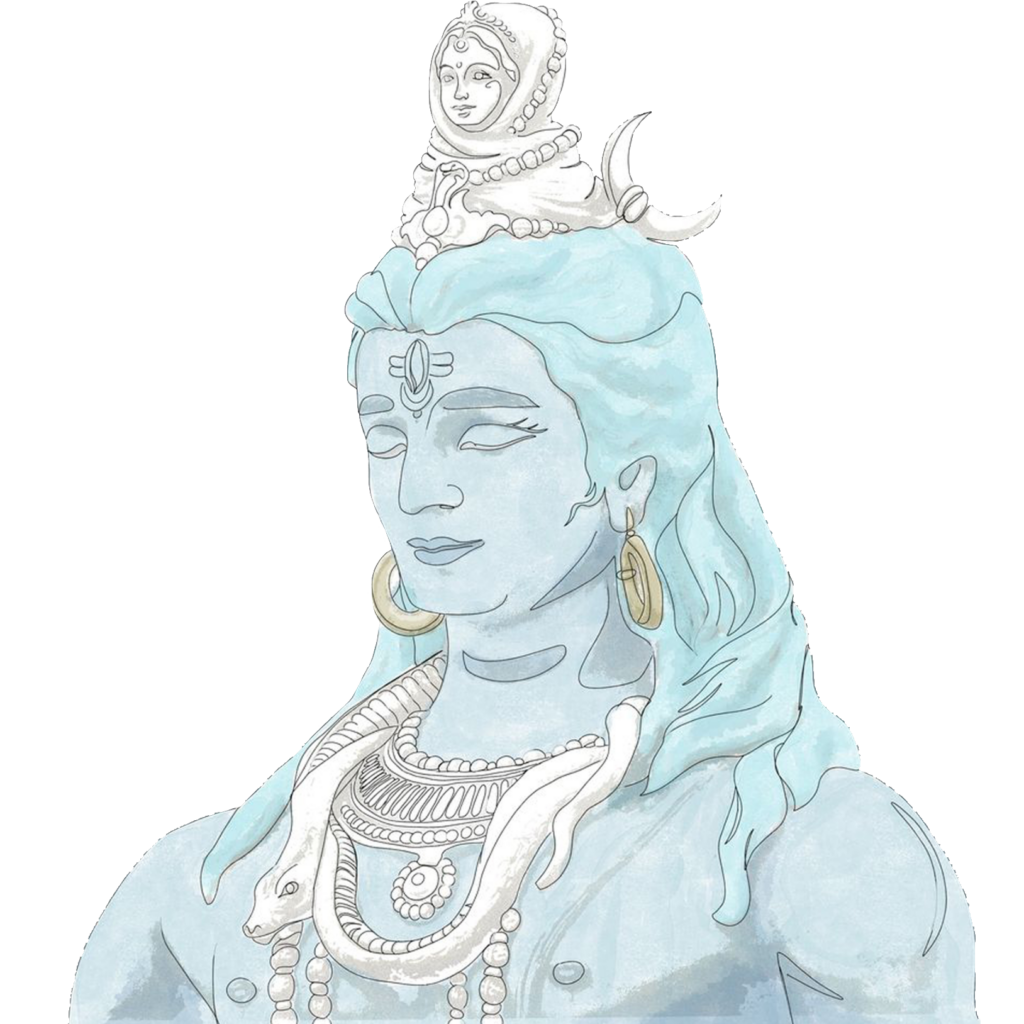
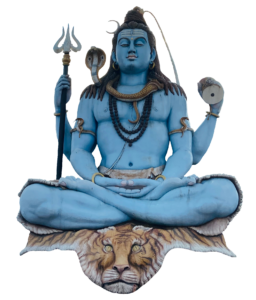
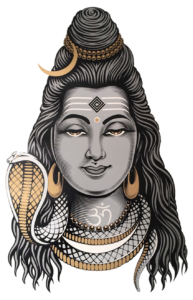
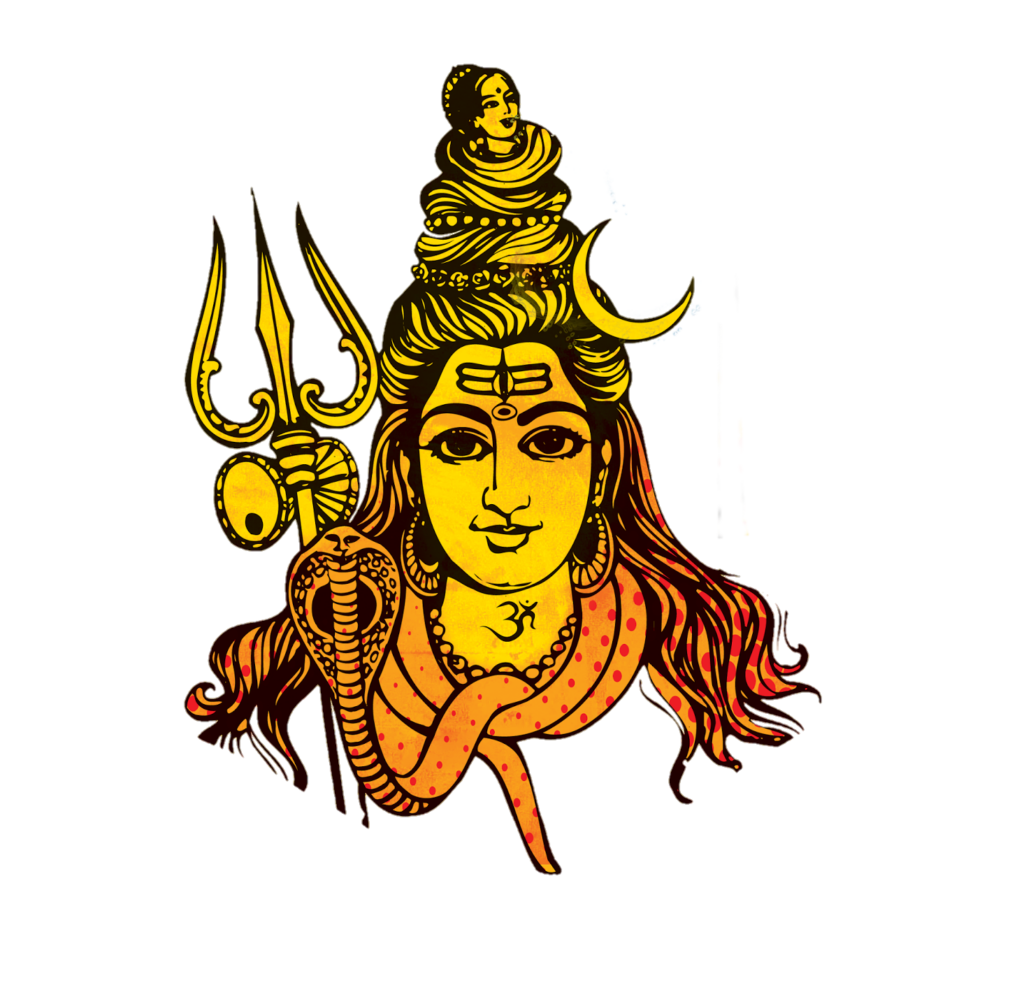
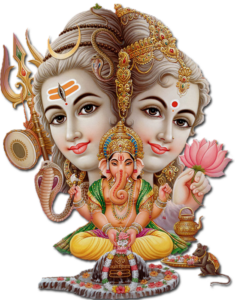
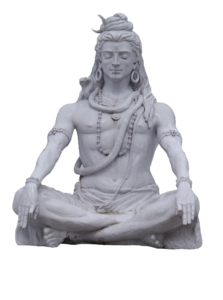
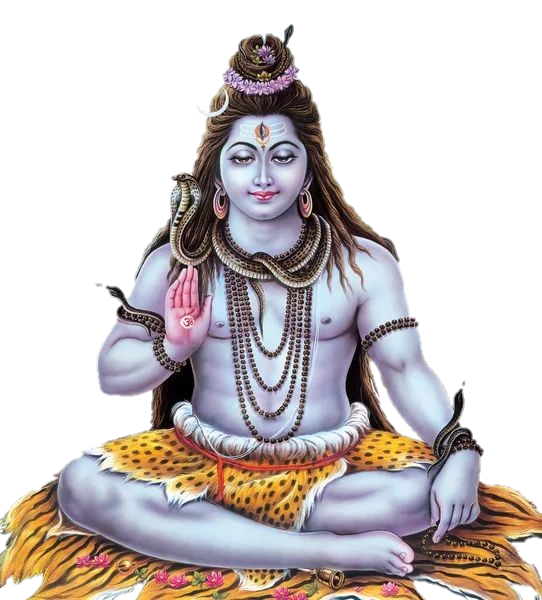
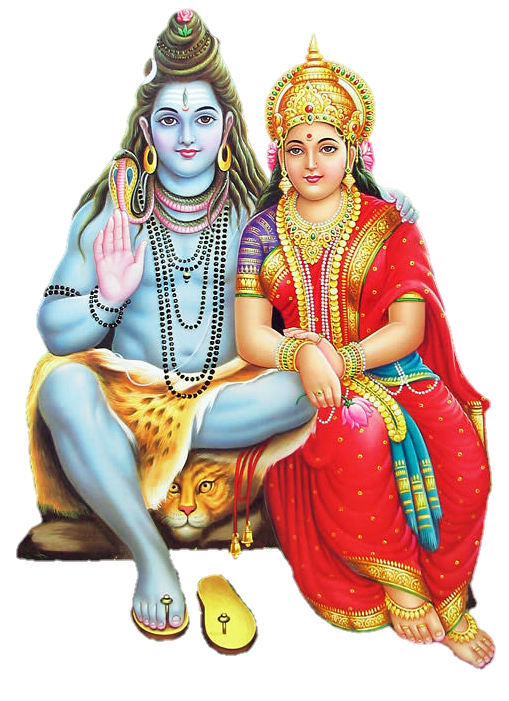
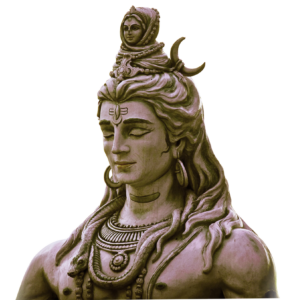
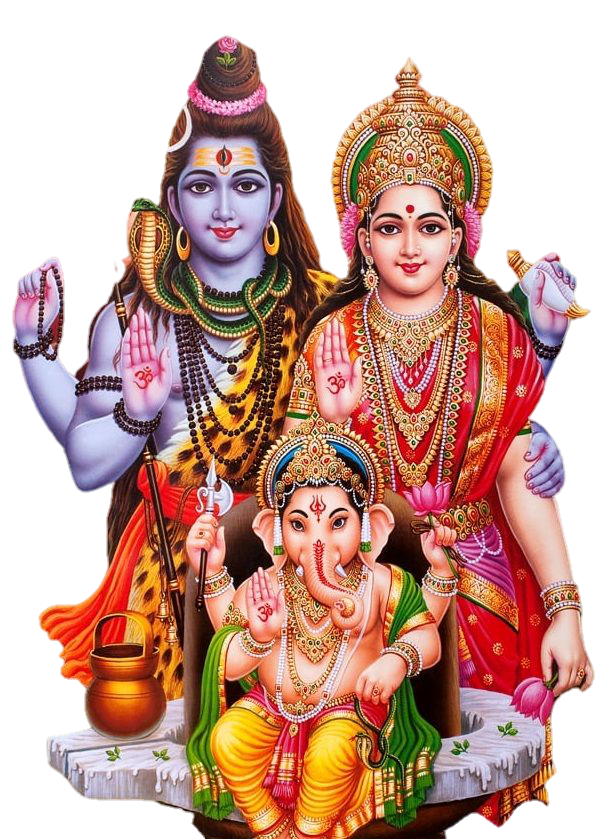
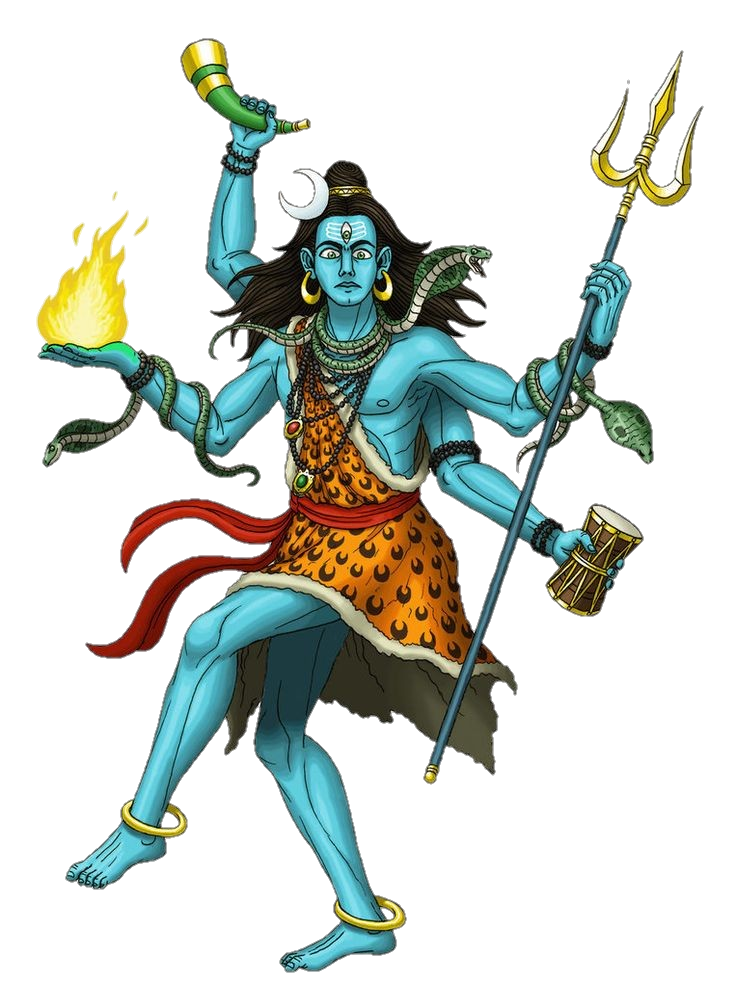
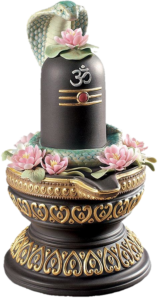
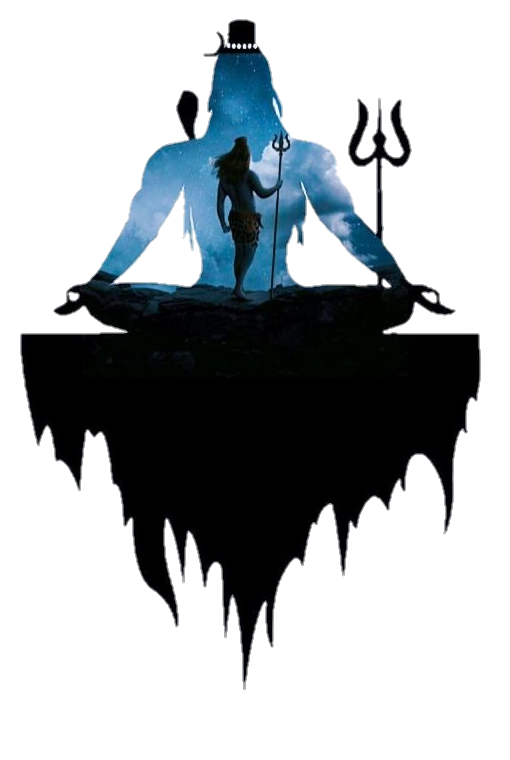

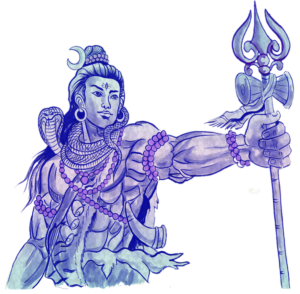
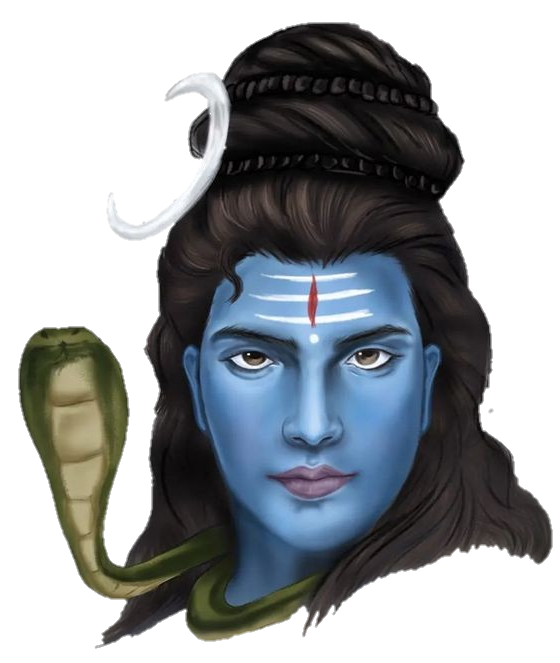
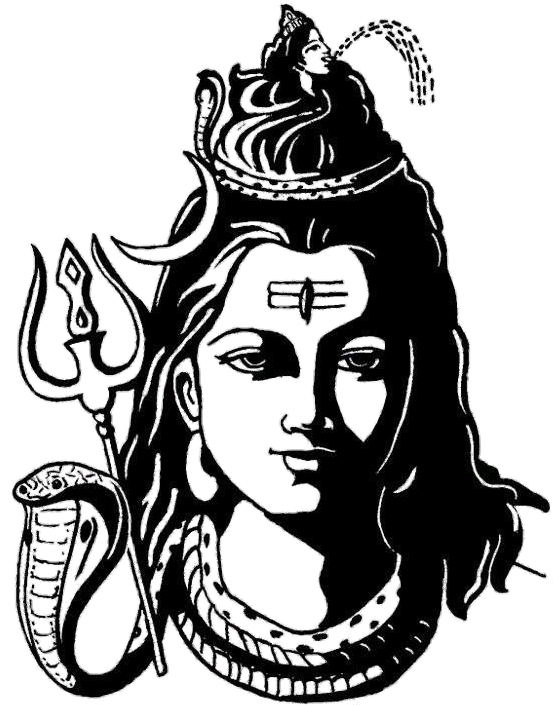
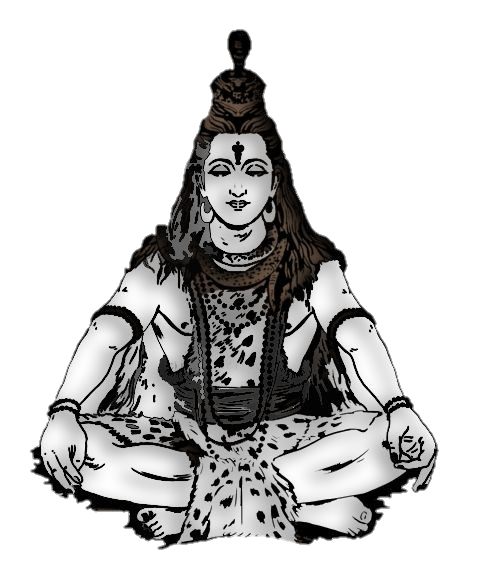

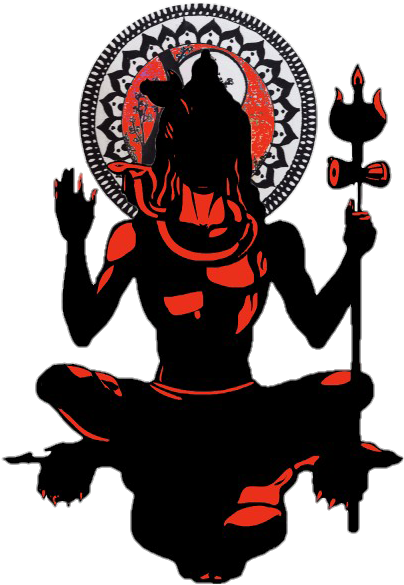


Lord Shiva, one of the most revered deities in Hinduism, embodies many paradoxes reflecting existence’s complex and intricate nature. Often depicted as a god with matted hair, ash smeared on his body, a crescent moon adorning his forehead, and a serpent coiled around his neck, Shiva is a symbol of both destruction and creation, austerity and devotion, and detachment and compassion. The essence of Lord Shiva’s character lies in his ability to balance opposing forces and maintain harmony within the universe.
In Hindu mythology, Lord Shiva is often considered the third member of the Holy Trinity, alongside Brahma (the Creator) and Vishnu (the Preserver). Shiva’s significance is deeply rooted in the cosmology of the Hindu religion. He is often associated with the concept of ‘Tandava,’ a celestial dance that symbolizes the rhythm of creation, preservation, and destruction in the universe. The snake around his neck represents his control over fear and death, while the crescent moon signifies the passage of time and his dominion over both day and night.
One of the most iconic representations of Lord Shiva is Nataraja, the cosmic dancer. This form showcases his divine dance that initiates the creation, preservation, and destruction cycle. The dance is believed to symbolize the eternal rhythm of the universe, where every ending paves the way for a new beginning. This portrayal exemplifies Shiva’s role as the force behind the destruction of the old and the creation of the unknown.
One of Lord Shiva’s titles is “Mahadev,” meaning the Great God. As the destroyer of ignorance and illusions, Shiva breaks down false beliefs and attachments that hinder spiritual growth. He is often depicted with a third eye, which, when opened, emits a fiery beam that consumes all falsehood. This third eye signifies his insight, knowledge, and wisdom that can pierce through the layers of ignorance.
Shiva is renowned for his austere lifestyle. He often meditates in the Himalayas, surrounded by solitude and focused on self-realization. His ascetic practices symbolize detachment from material possessions and emphasize the importance of inner spiritual growth over external pursuits. Through his example, he teaches devotees the value of seeking spiritual fulfillment beyond worldly desires.
Shiva showcases his contrasting facets of detachment and compassion in his relationship with Parvati, the goddess of love and fertility. Their union signifies the harmony between the masculine and feminine energies within the universe. Shiva’s role as a husband and father demonstrates his ability to engage with worldly emotions while maintaining his divine purpose.
Lord Shiva has numerous temples dedicated to him across India and other parts of the world. The twelve Jyotirlingas, considered his most sacred abodes, are revered pilgrimage sites. Devotees worship him with profound reverence, seeking his blessings for spiritual growth, protection, and liberation from the cycle of birth and death.
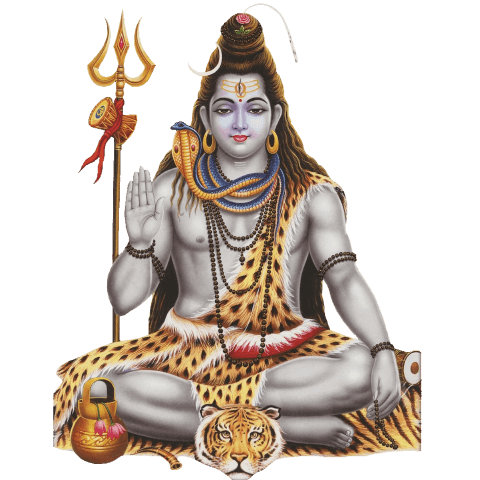
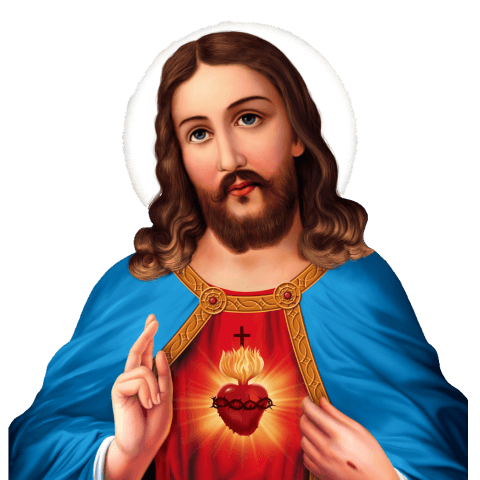
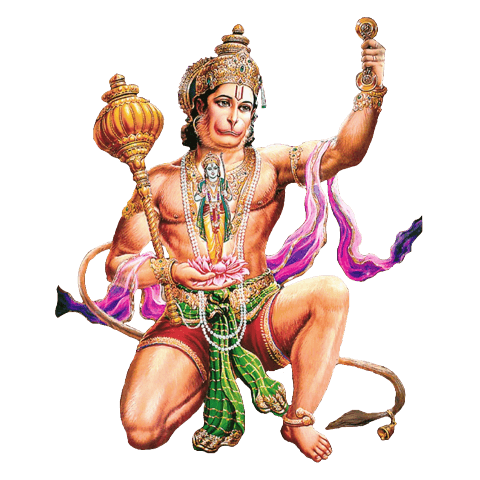
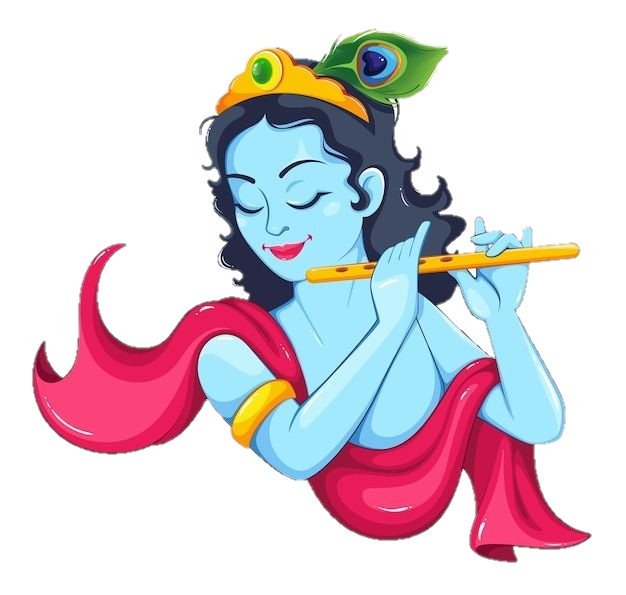
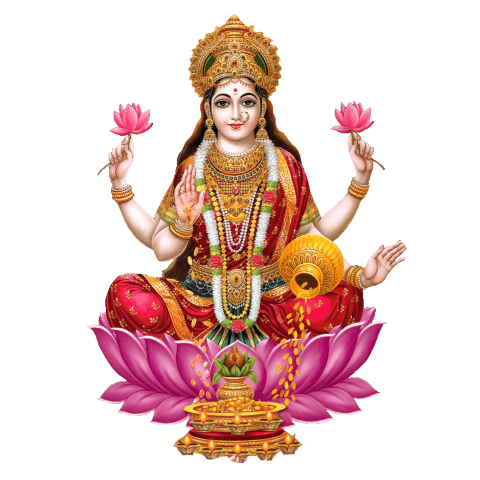
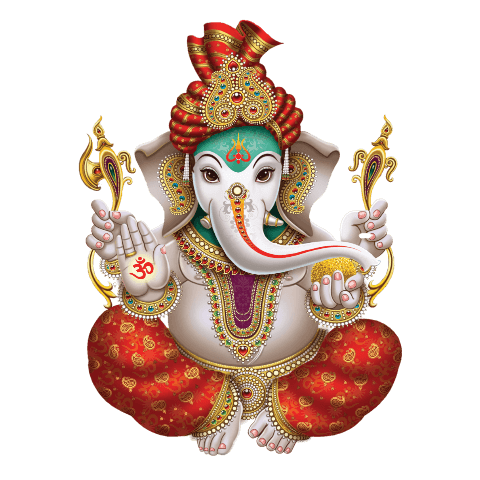
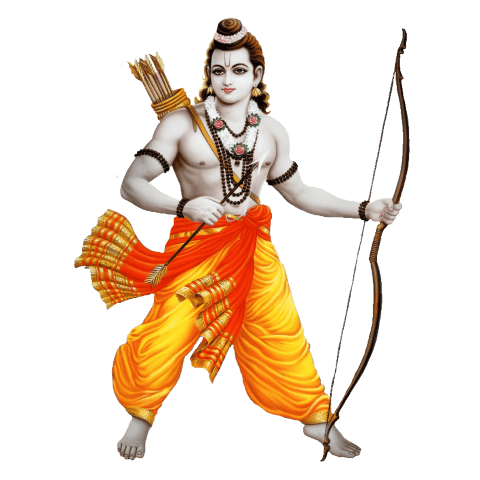
Leave a Comment
Instagram